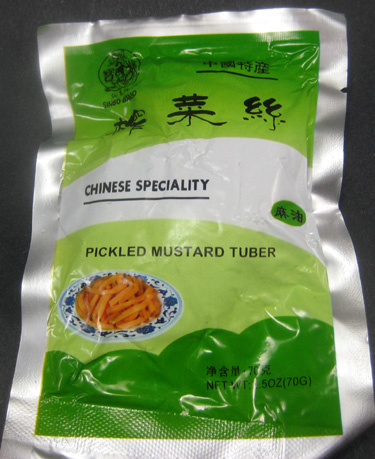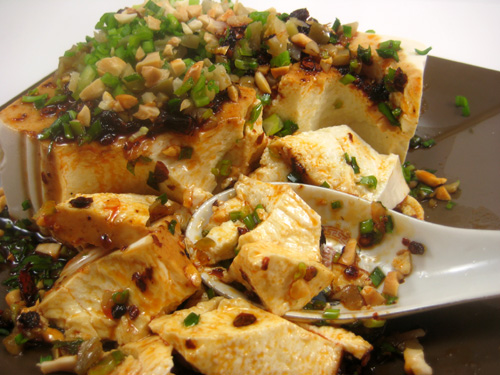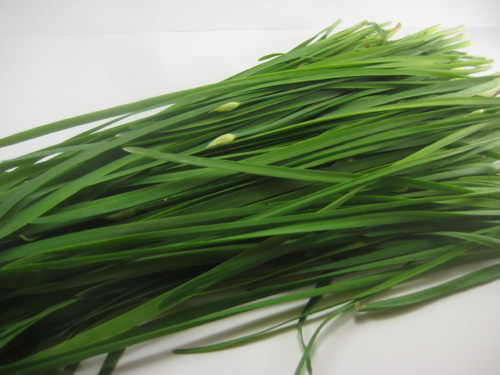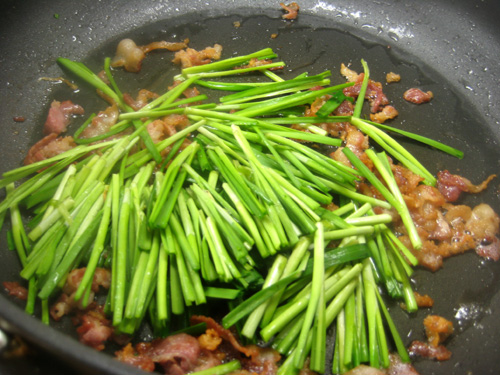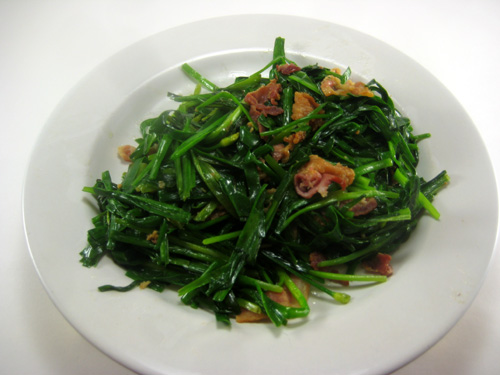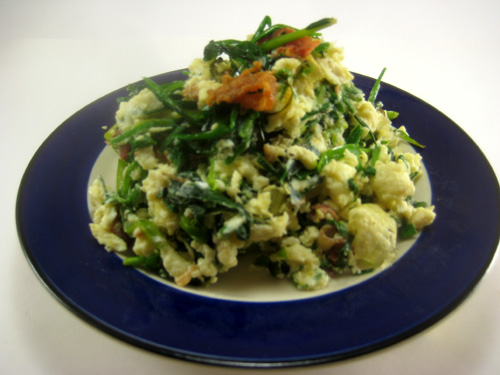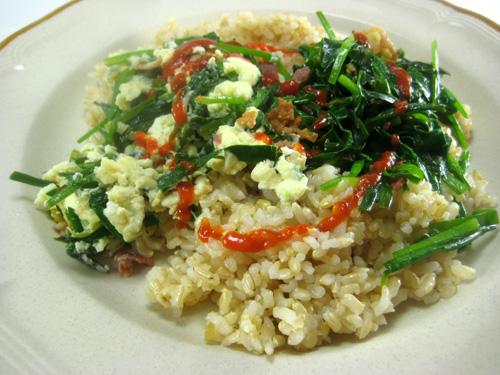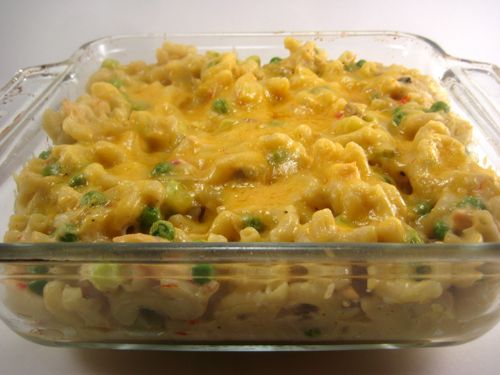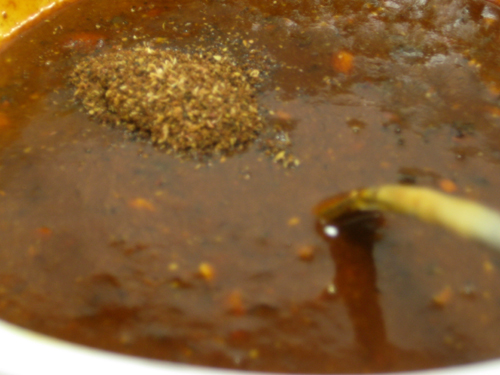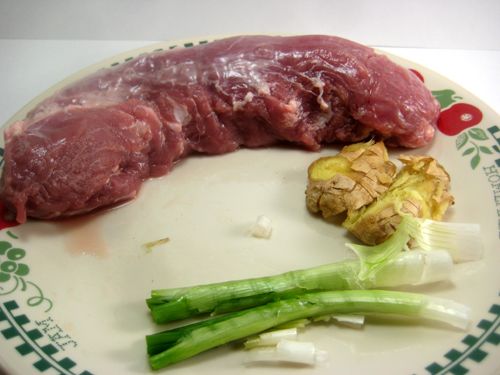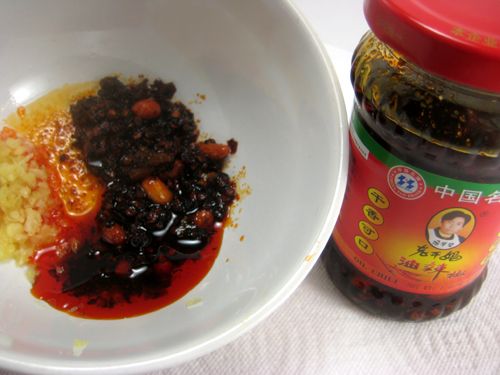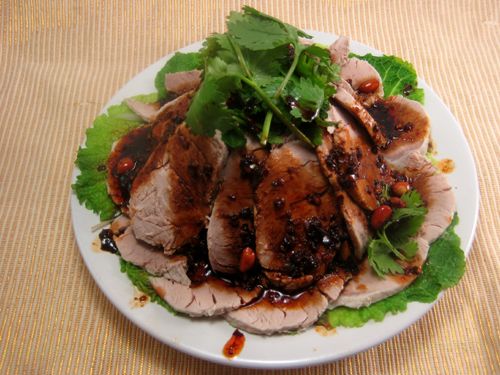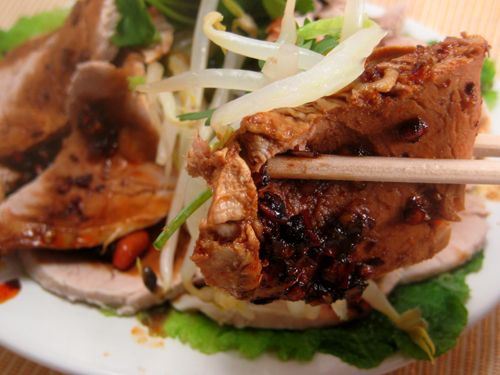
The August 2010 Daring Bakers’ challenge was hosted by Elissa of
17 and Baking. For the first time, The Daring Bakers partnered with
Sugar High Fridays for a co-event and Elissa was the gracious hostess of both. Using the theme of beurre noisette, or browned butter, Elissa chose to challenge Daring Bakers to make a pound cake to be used in either a Baked Alaska or in Ice Cream Petit Fours. The sources for Elissa’s challenge were Gourmet magazine and David Lebovitz’s “The Perfect Scoop”.
Recipe Source: The brown butter pound cake recipe is adapted from the October 2009 edition of Gourmet. The vanilla ice cream is from ice cream genius David Lebovitz, adapted from The Perfect Scoop. The chocolate glaze for the petit fours is a larger adapted version of this ganache from Godiva Chocolate and the meringue for the Baked Alaska is a larger version of this meringue from Gourmet, May 1995.
Mandatory: Whether you make the Baked Alaska, the petit fours, or both, you must make the brown butter pound cake as written and the ice cream from scratch.
Variations Allowed: Both desserts can be made in any size or shape, and the ice cream can be any flavor you can think of! For the Baked Alaska, you can flavor the meringue however you want. For the petit fours, you are not required to use the chocolate glaze, or you can add additional flavors. You can also brush the cake with a simple syrup if desired.
[My Comments in Red: Alright now! Another chance to use my ice cream maker I purchased for the previous Daring Baker Challenge!]
Vanilla Ice Cream1 cup (250ml) whole milk
A pinch of salt
3/4 cup (165g) sugar
1 vanilla bean, split lengthwise OR
2 teaspoons (10ml) pure vanilla extract [No Vanilla Bean - all gone from last month's challenge]2 cups (500ml) heavy (approx 35% butterfat) cream
5 large egg yolks
[I'm bold and daring... pushing the salmonella envelope! lol]1 teaspoon (5ml) pure vanilla extract
1. Heat the milk, salt, and sugar in a medium saucepan until the liquid steams. Scrape out the seeds of the vanilla bean with a paring knife and add to the milk, along with the bean pod. Cover, remove from heat, and let infuse for an hour. (If you do not have a vanilla bean, simply heat the milk, salt, and sugar in a medium saucepan until the liquid steams, then let cool to room temperature.)
[Dissolving the sugar and salt in the milk.]
2. Set up an ice bath by placing a 2-quart (2 litre) bowl inside a large bowl partially filled with water and ice. Put a strainer on top of the smaller bowl and pour in the cream.
[Straining the heavy cream... making sure no chunky bits of butter end up in the ice cream?]
3. In another bowl, lightly beat the egg yolks together. Reheat the milk in the medium saucepan until warmed, and then gradually pour ¼ cup warmed milk into the yolks, constantly whisking to keep the eggs from scrambling. Once the yolks are warmed, scrape the yolk and milk mixture back into the saucepan of warmed milk and cook over low heat. Stir constantly and scrape the bottom with a spatula until the mixture thickens into a custard which thinly coats the back of the spatula.
[Five yolks ready to mixing! One yolk jumped the gun and is ahead of his buddies :-) ] [Tempering the yolks with the hot milk... adding a little at a time to raise the temperature of the yolks slowly.]
[Tempering the yolks with the hot milk... adding a little at a time to raise the temperature of the yolks slowly.]
4. Strain the custard into the heavy cream and stir the mixture until cooled. Add the vanilla extract (1 teaspoon [5ml] if you are using a vanilla bean; 3 teaspoons [15ml] if you are not using a vanilla bean) and refrigerate until thoroughly chilled, preferably overnight.
[The milk-yolk mixture was cooked until thickened to a thin pourable custard. Strained while adding to the heavy cream. Again, we don't want chunks of in our ice cream.] [Lastly, 1 T of vanilla was added to the ice cream base. The base was refrigerated 4 hours before adding to the ice cream maker]
[Lastly, 1 T of vanilla was added to the ice cream base. The base was refrigerated 4 hours before adding to the ice cream maker]
5. Remove the vanilla bean and freeze in an ice cream maker.
[20 minutes later... Ice Cream!] Brown Butter Pound Cake
Brown Butter Pound Cake19 tablespoons (9.5 oz) (275g) unsalted (sweet) butter
2 cups (200g) sifted cake flour (not self-rising; sift before measuring)
1 teaspoon (5g) baking powder
1/2 teaspoon (3g) salt
1/2 cup (110g) packed light brown sugar
1/3 (75g) cup granulated sugar
4 large eggs
1/2 teaspoon pure vanilla extract
1. Preheat the oven to 325°F/160°C and put a rack in the center. Butter and flour a 9”x9” (23cmx23cm) square pan.
2. Place the butter in a 10” (25cm) skillet over medium heat. Brown the butter until the milk solids are a dark chocolate brown and the butter smells nutty. (Don’t take your eyes off the butter in case it burns.) Pour into a shallow bowl and chill in the freezer until just congealed, 15-30 minutes.
[Browning the butter] [The finished butter ready for a quick freeze to firm up. Looks like I made beurre noir (black butter) instead of beurre noisette (brown butter). A quick taste of the butter I found no bitterness. Whew!]
[The finished butter ready for a quick freeze to firm up. Looks like I made beurre noir (black butter) instead of beurre noisette (brown butter). A quick taste of the butter I found no bitterness. Whew!]
3. Whisk together cake flour, baking powder, and salt.
4. Beat the brown butter, light brown sugar, and granulated sugar in an electric mixer until light and fluffy, about 2 minutes. Beat in the eggs one at a time, mixing well, and then the vanilla extract.
[I left the butter a little to long in the freezer. I had to break it down a little with the sugar before mixing.] [Finally, the butter and sugar fluffed up with the hand mixer. At this point an egg was added one at a time until thoroughly incorporated.]
[Finally, the butter and sugar fluffed up with the hand mixer. At this point an egg was added one at a time until thoroughly incorporated.]
5. Stir in the flour mixture at low speed until just combined.
6. Scrape the batter into the greased and floured 9”x9” (23cmx23cm) square pan. Smooth the top with a rubber spatula and rap the pan on the counter. Bake until golden brown on top and when a toothpick inserted into the center comes out clean, about 25 minutes.
[A very thick batter was poured (actually scraped into a floured baking dish.
Bake 325 F for 25 minutes... Reality - it took 45 minutes.]
7. Cool in the pan 10 minutes. Run a knife along the edge and invert right-side-up onto a cooling rack to cool completely.
[Out of the oven... the pound caked domed a little in the center. I'll just have to trim it off to level the cake. Personally, the crust is the best part of any cake. :-) ] Chocolate Glaze (For the Ice Cream Petit Fours)
Chocolate Glaze (For the Ice Cream Petit Fours)9 ounces (250g) dark chocolate, finely chopped
1 cup (250 ml) heavy (approx 35% butterfat) cream
1 1/2 tablespoons (32g) light corn syrup, Golden syrup, or agave nectar
2 teaspoons (10ml) vanilla extract
Stir the heavy cream and light corn syrup in a small saucepan over medium heat until it comes to a boil. Remove from heat and add the dark chocolate. Let sit 30 seconds, then stir to completely melt the chocolate. Stir in the vanilla and let cool until tepid before glazing the petit fours.
[Chocolate and the hot cream mixture... before mixing. ] Assembly Instructions – Ice Cream Petit Fours
Assembly Instructions – Ice Cream Petit Fours1. Line a 9”x9” (23cmx23cm) pan with plastic wrap, so that no sides of the pan are exposed and so there is some extra plastic wrap hanging off the sides. Spread 1 ¾ to 2 cups (450ml to 500ml) ice cream into the pan. Cover with more plastic wrap and freeze several hours.
[Two cups of ice cream spread out into a thin layer on a baking dish. Wrapped and placed in the freezer]
2. Once the brown butter pound cake has completely cooled, level the top with a cake leveler or a serrated knife. Then split the cake in half horizontally to form two thin layers.
3. Unwrap the frozen ice cream. Flip out onto one of the layers of cake and top with the second layer of cake. Wrap well in plastic wrap and return to the freezer overnight.
[A large ice cream sandwich is made.] [Wrapped and frozen... overnight]
[Wrapped and frozen... overnight]
4. Make the chocolate glaze (see above.)
5. While the glaze cools, trim ¾” (2cm) off each side of the ice cream cake to leave a perfectly square 7.5” (19cm) ice cream cake. Cut the cake into twenty five petit fours, each 1.5”x1.5” (4cmx4cm).
[Squaring off the edges. Note - only three edges are shown. The forth went towards a quality control taste test. Me!]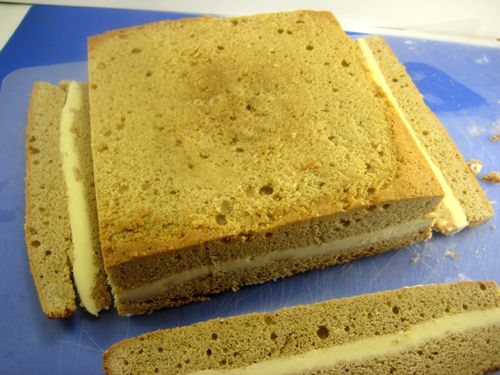 [Eyeballed the cutting... not too bad. The pieces are sort of square... lol]
[Eyeballed the cutting... not too bad. The pieces are sort of square... lol]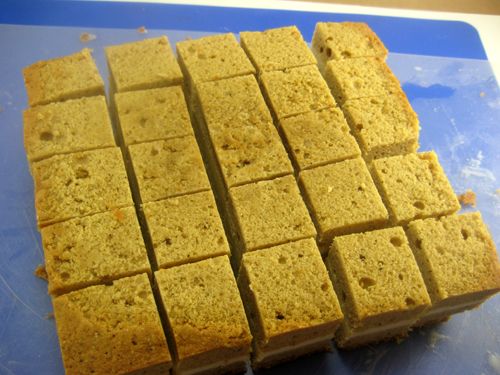 [Ready for more... but first a little freezer time to firm up.]
[Ready for more... but first a little freezer time to firm up.]
6. Glaze the petit fours one at a time: place a petit four on a fork and spoon chocolate glaze over it.
7. Place the petit fours on a parchment-lined baking sheet and return to the freezer for one hour.
[Some pieces were dunked in the chocolate glaze. Wow!] The Finished Petit Fours [I'm not that good at piping, but I used melted white chocolate with a little cream.From Left to Right: Unglazed/Nekkid Ice Cream Petit Fours, Chocolate Glazed Petit Fours and Wedges dipped in chocolate... I call them Petit Threes. :-) ]
The Finished Petit Fours [I'm not that good at piping, but I used melted white chocolate with a little cream.From Left to Right: Unglazed/Nekkid Ice Cream Petit Fours, Chocolate Glazed Petit Fours and Wedges dipped in chocolate... I call them Petit Threes. :-) ] I had fun making the Petit Fours. I'm not sure if the freezing did the brown butter pound cake justice. Freezing dulls flavors. The beurre noisette (in my case beurre noir) did not offer up a strong flavor.Warm pound cake served with vanilla ice cream and chocolate sauce is probably a better dessert. :-)
I had fun making the Petit Fours. I'm not sure if the freezing did the brown butter pound cake justice. Freezing dulls flavors. The beurre noisette (in my case beurre noir) did not offer up a strong flavor.Warm pound cake served with vanilla ice cream and chocolate sauce is probably a better dessert. :-)
